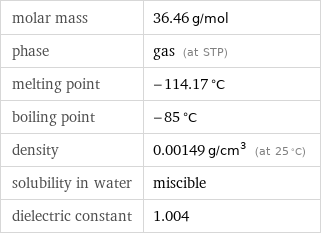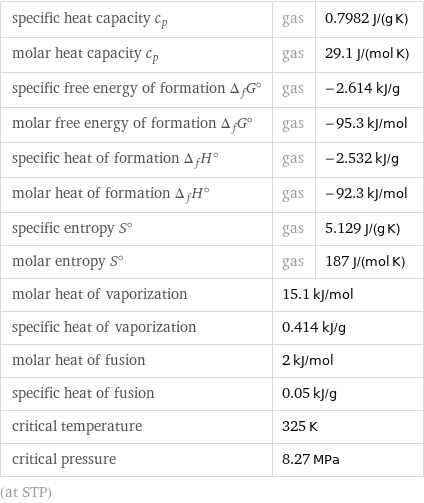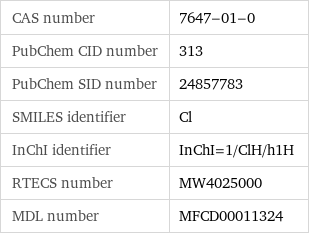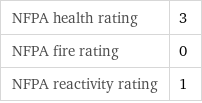Input interpretation

hydrogen chloride
Chemical names and formulas

formula | HCl Hill formula | ClH name | hydrogen chloride alternate names | anhydrous hydrochloric acid | anhydrous hydrogen chloride | chlorane mass fractions | Cl (chlorine) 97.2% | H (hydrogen) 2.76%
Lewis structure

Draw the Lewis structure of hydrogen chloride. Start by drawing the overall structure of the molecule: Count the total valence electrons of the chlorine (n_Cl, val = 7) and hydrogen (n_H, val = 1) atoms: n_Cl, val + n_H, val = 8 Calculate the number of electrons needed to completely fill the valence shells for chlorine (n_Cl, full = 8) and hydrogen (n_H, full = 2): n_Cl, full + n_H, full = 10 Subtracting these two numbers shows that 10 - 8 = 2 bonding electrons are needed. Each bond has two electrons, so the above diagram has all the necessary bonds. There is 1 bond and hence 2 bonding electrons in the diagram. Lastly, fill in the remaining unbonded electrons on each atom. In total, there remain 8 - 2 = 6 electrons left to draw: Answer: | |
3D structure

3D structure
Basic properties

molar mass | 36.46 g/mol phase | gas (at STP) melting point | -114.17 °C boiling point | -85 °C density | 0.00149 g/cm^3 (at 25 °C) solubility in water | miscible dielectric constant | 1.004
Gas properties (at STP)

density | 0.00149 g/cm^3 (at 25 °C) vapor density | 1.3 (relative to air) molar volume | 24470 cm^3/mol
Units

Liquid properties (-85 °C)

sound speed | 1066 km/h (at 0 °C (degrees Celsius))
Units

Thermodynamic properties

specific heat capacity c_p | gas | 0.7982 J/(g K) molar heat capacity c_p | gas | 29.1 J/(mol K) specific free energy of formation Δ_fG° | gas | -2.614 kJ/g molar free energy of formation Δ_fG° | gas | -95.3 kJ/mol specific heat of formation Δ_fH° | gas | -2.532 kJ/g molar heat of formation Δ_fH° | gas | -92.3 kJ/mol specific entropy S° | gas | 5.129 J/(g K) molar entropy S° | gas | 187 J/(mol K) molar heat of vaporization | 15.1 kJ/mol | specific heat of vaporization | 0.414 kJ/g | molar heat of fusion | 2 kJ/mol | specific heat of fusion | 0.05 kJ/g | critical temperature | 325 K | critical pressure | 8.27 MPa | (at STP)
Chemical identifiers

CAS number | 7647-01-0 PubChem CID number | 313 PubChem SID number | 24857783 SMILES identifier | Cl InChI identifier | InChI=1/ClH/h1H RTECS number | MW4025000 MDL number | MFCD00011324
NFPA label

NFPA label

NFPA health rating | 3 NFPA fire rating | 0 NFPA reactivity rating | 1
Toxicity properties

short-term exposure limit | 7 mg/m^3

long-term exposure limit | 7 mg/m^3 (over 8 hours) RTECS classes | tumorigen | mutagen | reproductive effector | human data | primary irritant
Ion equivalents

H^+ (hydrogen cation) | 1 Cl^- (chloride anion) | 1